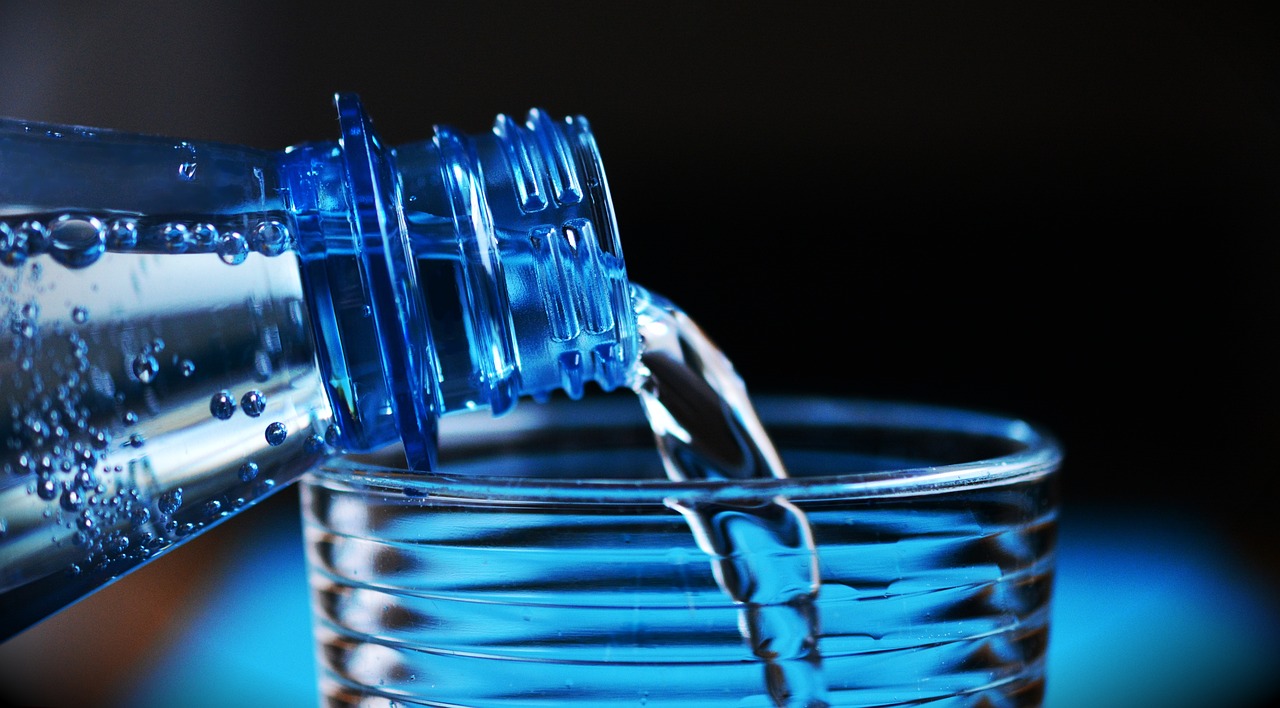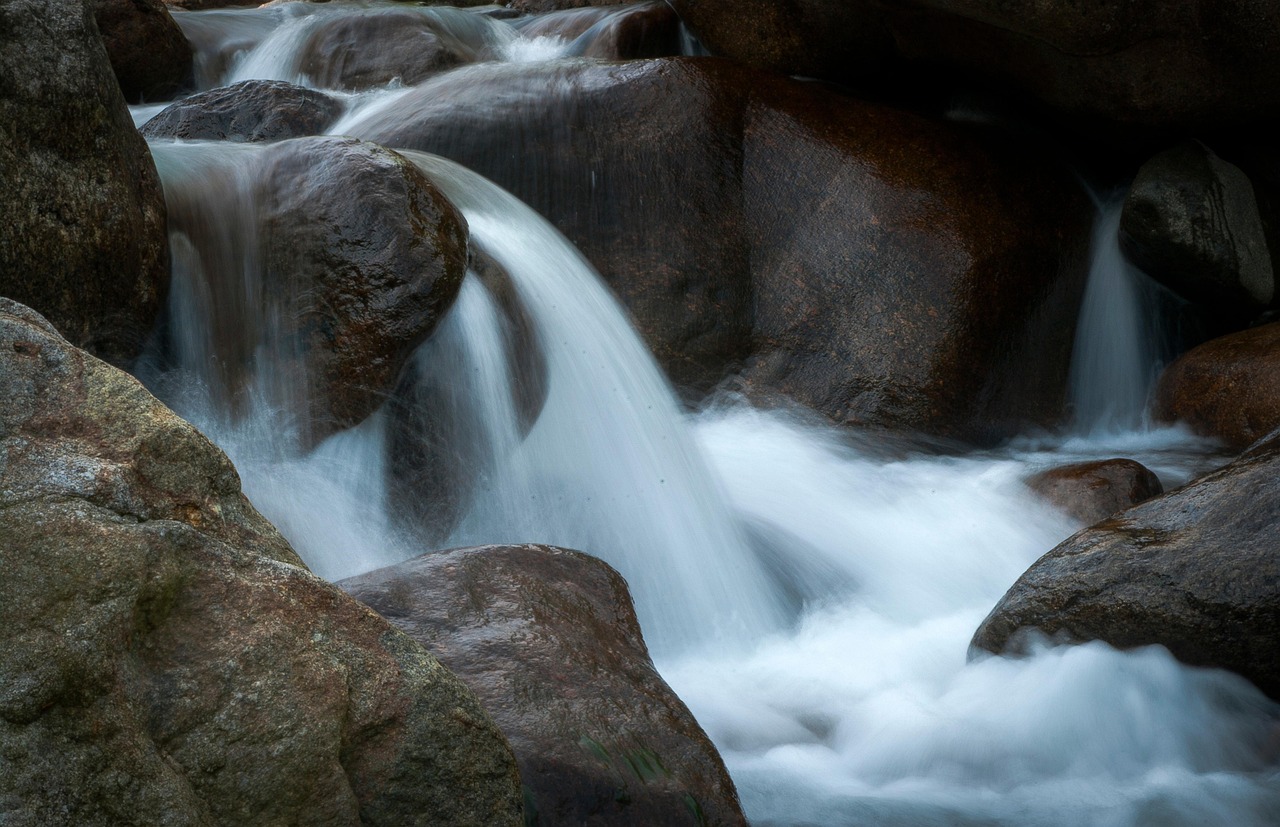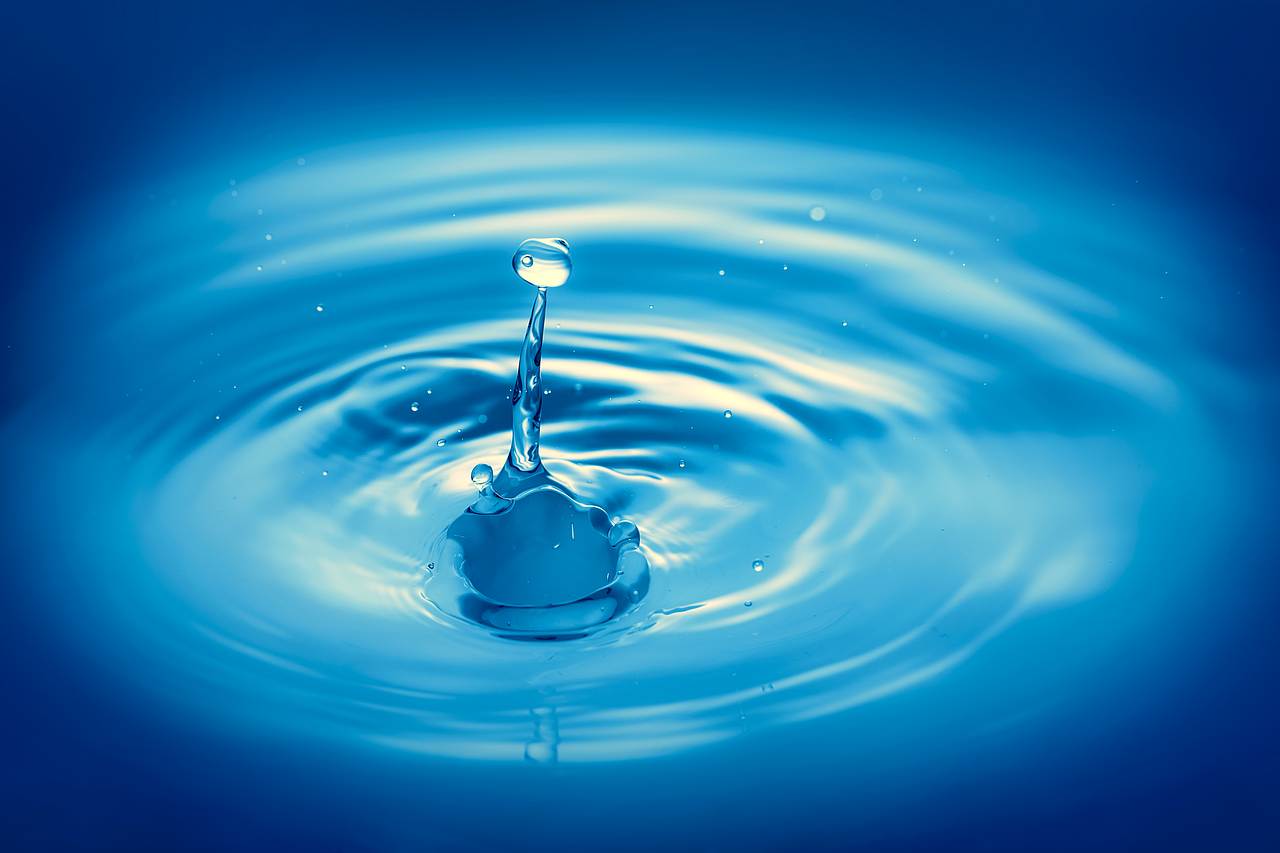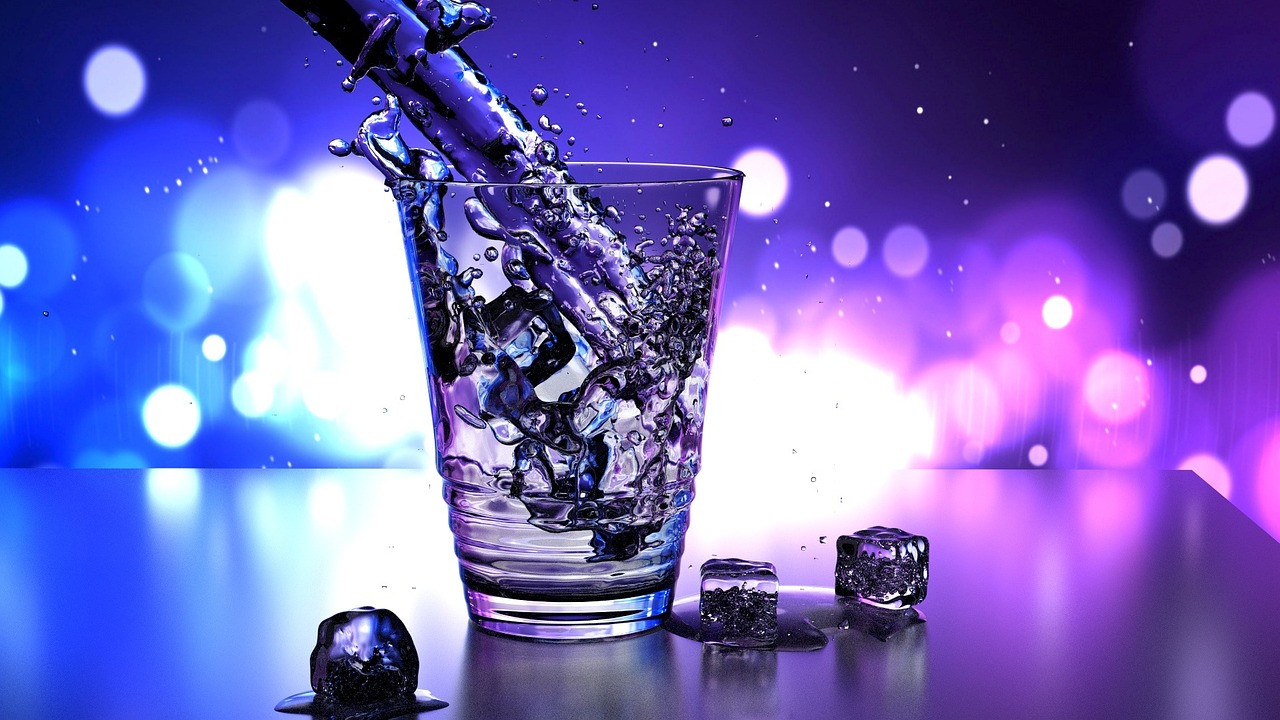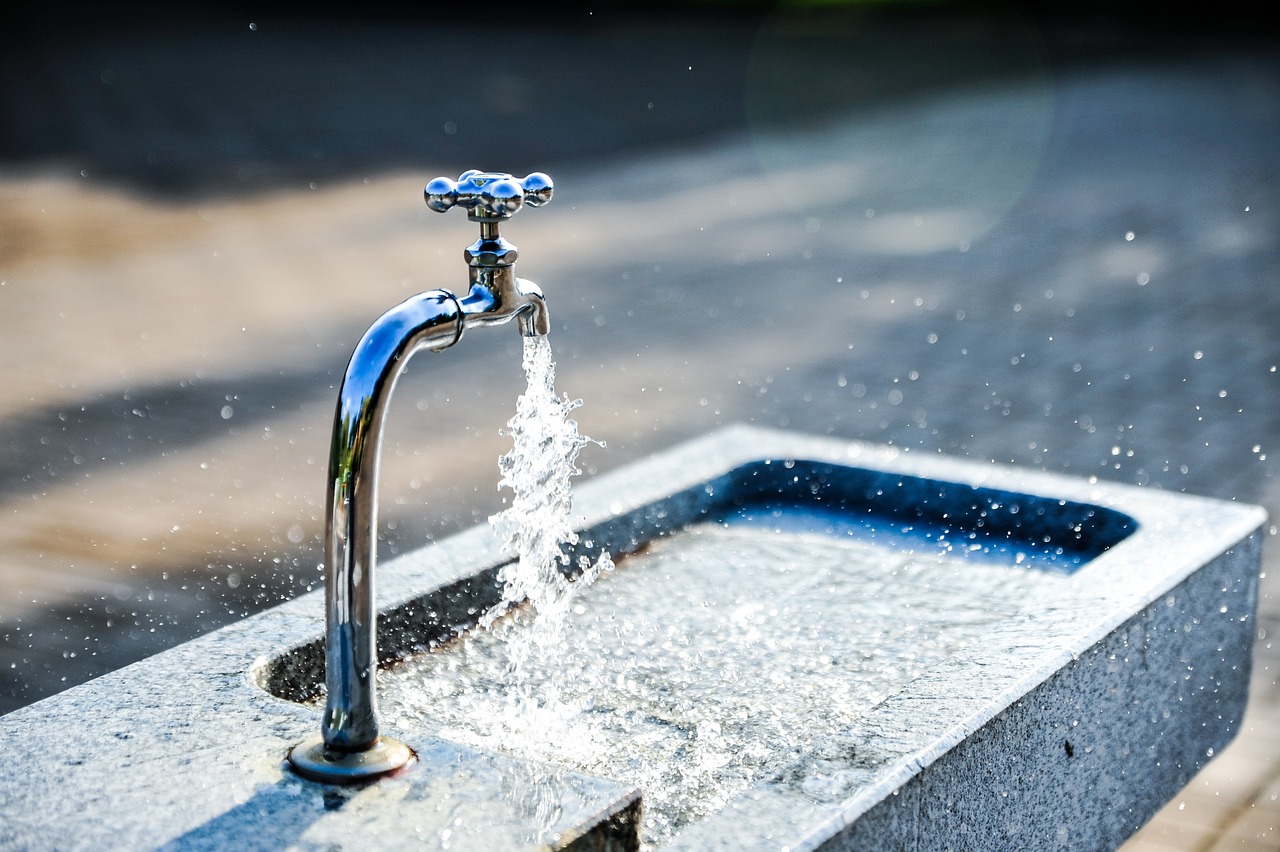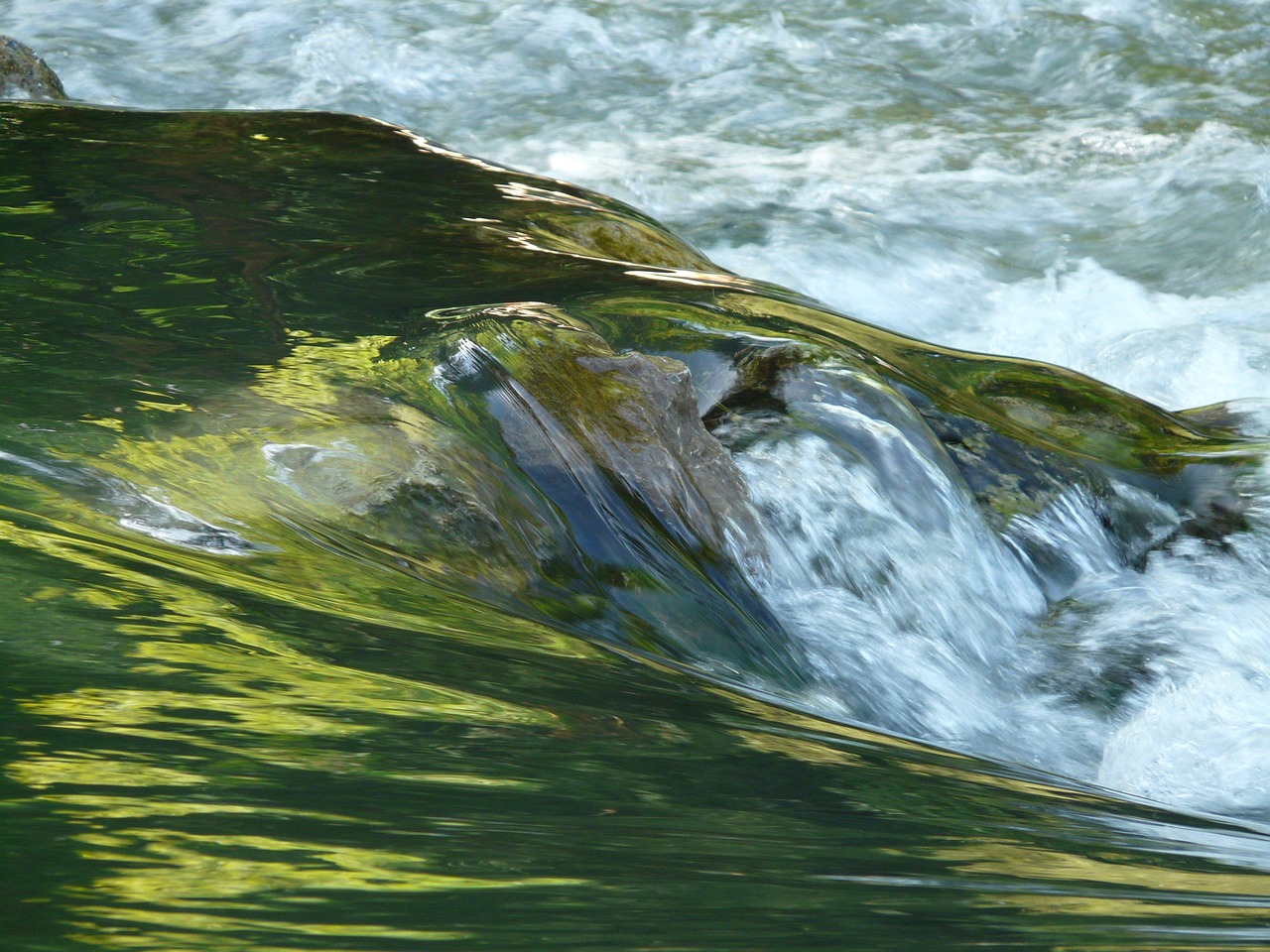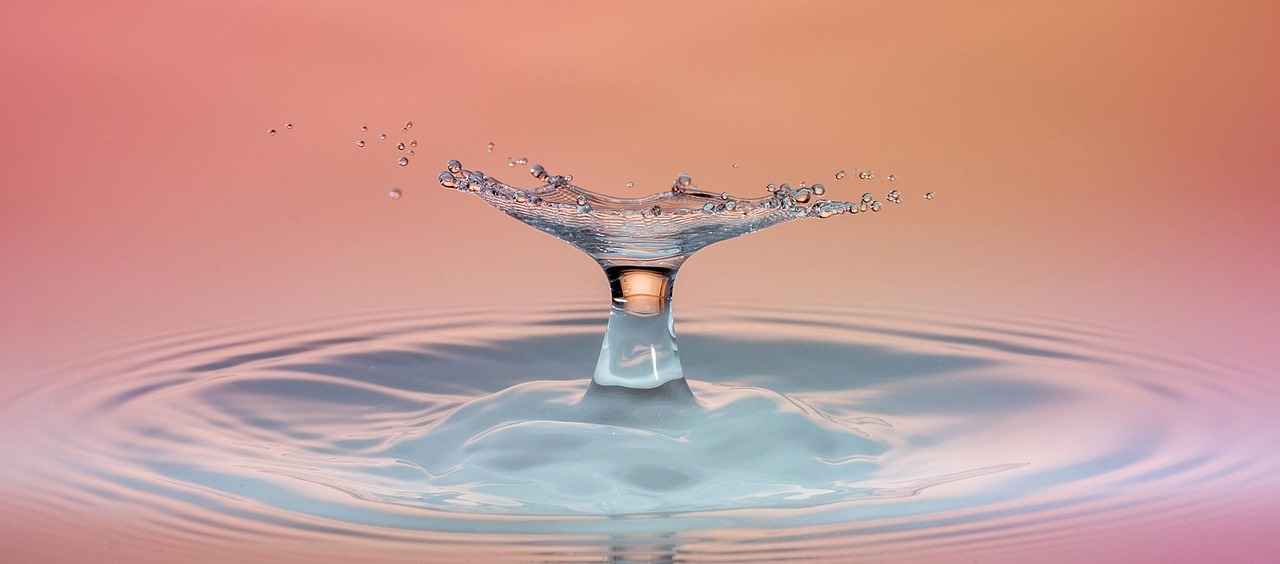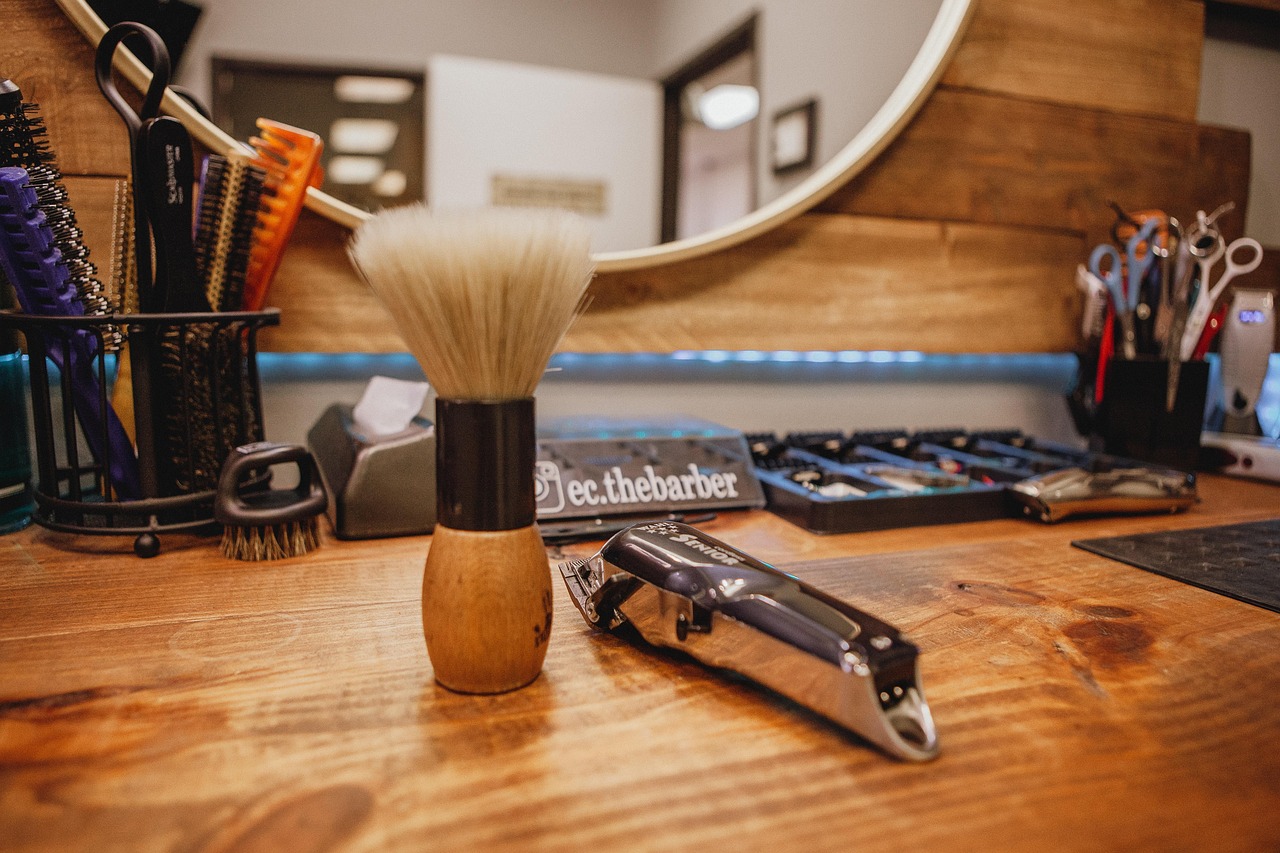This article delves into various techniques and remedies designed to quickly and safely remove water trapped in the ear. Understanding the causes and symptoms can help you address this common issue effectively.
Understanding the Causes of Water Trapped in the Ear
Water can become trapped in the ear due to several everyday activities, including swimming, showering, or bathing. When water enters the ear canal, it can create discomfort and a feeling of fullness. By recognizing these causes, you can apply the right methods to alleviate discomfort.
Why Is It Important to Remove Water from Your Ear?
Removing water from your ear is crucial to prevent potential complications such as infections, discomfort, and even hearing loss. Promptly addressing water accumulation can help you avoid these issues and maintain ear health.
Common Symptoms of Water in the Ear
- Muffled hearing
- Feeling of fullness in the ear
- Discomfort or pressure
Recognizing these symptoms can help you determine when to take action for relief.
Safe Techniques to Remove Water from Your Ear
There are several safe and effective methods to help remove water trapped in your ear:
- Gravity Method: Tilt your head to the side to allow gravity to assist in draining the trapped water. This simple technique is often effective.
- Jaw Movements: Yawning or chewing can create pressure changes that may dislodge water from your ear. This method is easy and can be performed anywhere.
- Using a Hair Dryer: A hair dryer on a low heat setting can help evaporate trapped water. Keep it at a safe distance to avoid burns.
Home Remedies for Ear Water Removal
In addition to physical techniques, several home remedies can assist in drying out water in the ear:
- Vinegar and Alcohol Solution: A mixture of vinegar and rubbing alcohol can help evaporate water and prevent infections. Use this solution cautiously and in moderation.
- Salt Water Solution: Salt water can help draw moisture out of the ear. A simple saline solution can be made at home for this purpose.
When to Seek Medical Attention
While most cases of water in the ear can be treated at home, certain symptoms indicate the need for professional medical intervention:
- Signs of Ear Infection: Pain, swelling, or discharge from the ear may signal an infection, necessitating a visit to a healthcare professional.
- Persistent Discomfort: If water remains trapped for an extended period or if discomfort persists, it is essential to consult a doctor to prevent further issues.
Preventive Measures to Avoid Water Trapped in the Ear
Taking preventive steps can significantly reduce the likelihood of water getting trapped in your ears during activities:
- Using Earplugs: Wearing earplugs while swimming or showering can create a barrier, preventing water from entering the ear canal.
- Drying Your Ears After Swimming: After swimming, use a towel or a gentle drying method to remove excess water from your ears.
By being proactive and using these techniques, you can effectively manage and prevent the discomfort associated with water trapped in the ear.

Understanding the Causes of Water Trapped in the Ear
Water trapped in the ear can be an annoying and uncomfortable experience. It often occurs during activities such as swimming, showering, or bathing. Understanding the underlying causes of this issue is essential for effectively addressing it and alleviating any discomfort.
One of the primary reasons water gets trapped in the ear is swimming. When you dive into the water, especially in pools or natural bodies of water, it’s easy for water to enter the ear canal. This can happen more frequently if you are not wearing earplugs designed for swimming. Additionally, the act of submerging your head underwater increases the likelihood of water getting stuck.
Another common cause is showering. The force of water from the showerhead can push water into the ear canal, particularly if you tilt your head in a way that allows water to flow directly into your ears. This is especially true for individuals with smaller ear canals or those who have a lot of earwax buildup, as wax can trap water and create a blockage.
Bathing can also lead to water being trapped in the ears. Soaking in a bathtub allows water to seep into the ears, and if you are lying back with your head submerged, it can be challenging for the water to escape naturally. This is a common scenario for many people, particularly children, who may not be aware of the need to clear their ears after bathing.
Understanding these causes is crucial as it helps in applying the right methods to alleviate discomfort. If you know that swimming is a frequent activity for you, taking preventive measures such as wearing earplugs can significantly reduce the chances of water getting trapped. Similarly, being mindful while showering and bathing can help you avoid these situations altogether.
Moreover, recognizing the signs of water trapped in the ear can prompt timely action. Symptoms such as a feeling of fullness, muffled hearing, or even mild discomfort can indicate that water is present. Addressing these symptoms promptly can help prevent potential complications, including infections or prolonged discomfort.
In conclusion, understanding the causes of water trapped in the ear is the first step towards effective management. By being aware of the activities that contribute to this issue and taking preventive measures, you can minimize the discomfort associated with trapped water in the ear.
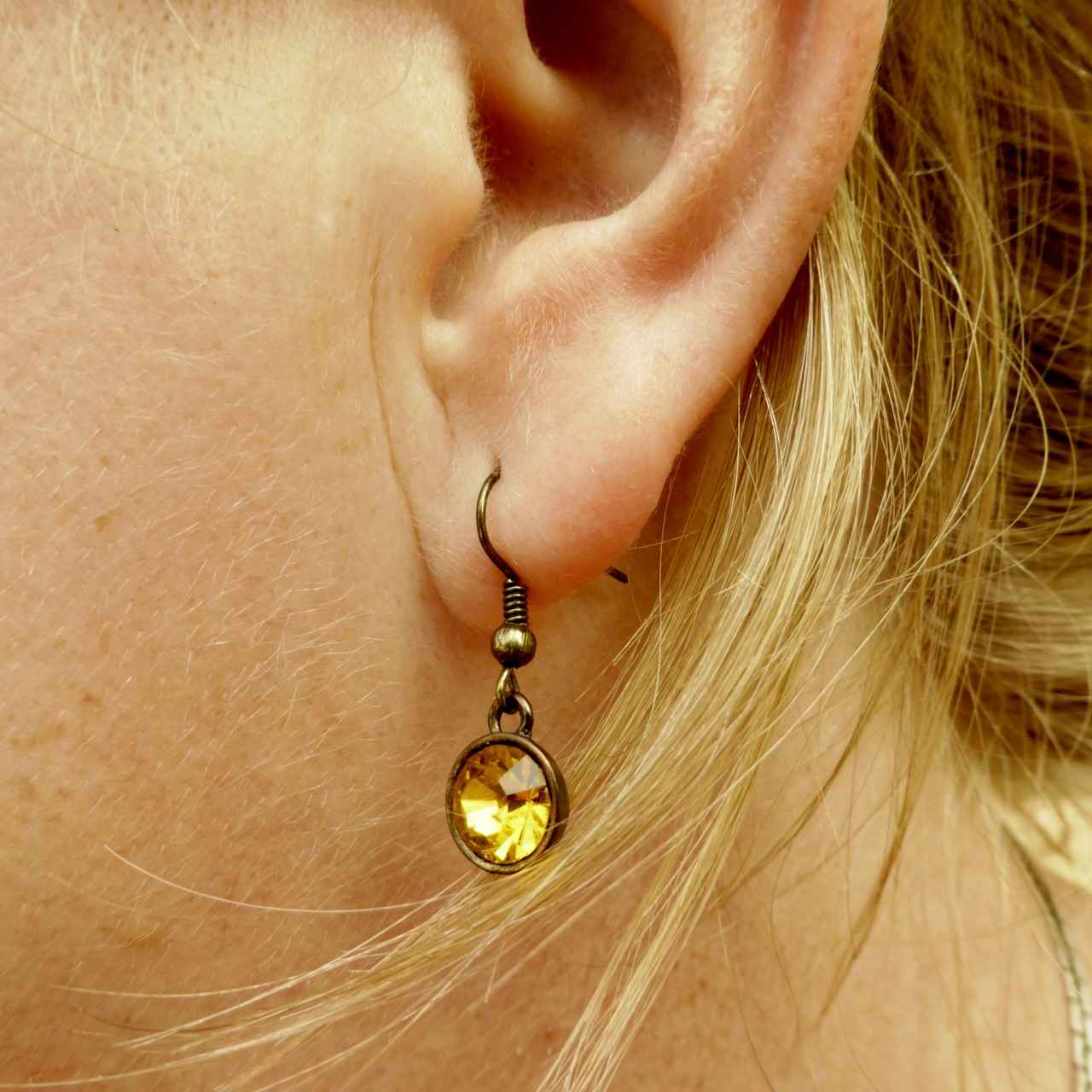
Why Is It Important to Remove Water from Your Ear?
When water becomes trapped in your ear, it can lead to various complications if not addressed promptly. Understanding the importance of removing water from your ear is essential for maintaining ear health and overall well-being.
Preventing Infections: One of the primary concerns with water lingering in the ear is the increased risk of infections. Moist environments are breeding grounds for bacteria and fungi. If water remains trapped, it can create an ideal setting for these pathogens to thrive, potentially leading to conditions such as otitis externa, commonly known as swimmer’s ear. This painful infection can cause redness, swelling, and discharge, necessitating medical treatment.
Avoiding Discomfort: Beyond the risk of infection, trapped water can cause significant discomfort. Individuals often report a sensation of fullness or pressure in the ear, which can be distracting and bothersome. This feeling can interfere with daily activities, making it difficult to concentrate or enjoy simple pleasures like listening to music or engaging in conversations.
Preventing Hearing Loss: Prolonged exposure to water in the ear can also lead to more severe issues, including potential hearing loss. When water accumulates, it can affect sound transmission, leading to temporary hearing impairment. In some cases, chronic issues can develop, resulting in long-term hearing complications. It is crucial to address any signs of water in the ear to avoid such outcomes.
Addressing Symptoms Promptly: Recognizing the symptoms associated with water trapped in the ear is vital for timely intervention. Common signs include muffled hearing, a feeling of fullness, and sometimes even dizziness. By understanding these symptoms, individuals can take action quickly, employing various techniques to alleviate the problem before it escalates.
Impact on Daily Life: The presence of water in the ear can significantly impact one’s quality of life. It can affect communication, participation in physical activities, and overall enjoyment of life. By ensuring that water is removed promptly, individuals can maintain their usual lifestyle without the hindrance of discomfort or distraction.
Conclusion: In summary, removing water from your ear is crucial not only for preventing infections and discomfort but also for safeguarding your hearing health. It is essential to take immediate action when you suspect water has become trapped to avoid complications that could arise from neglecting this issue.
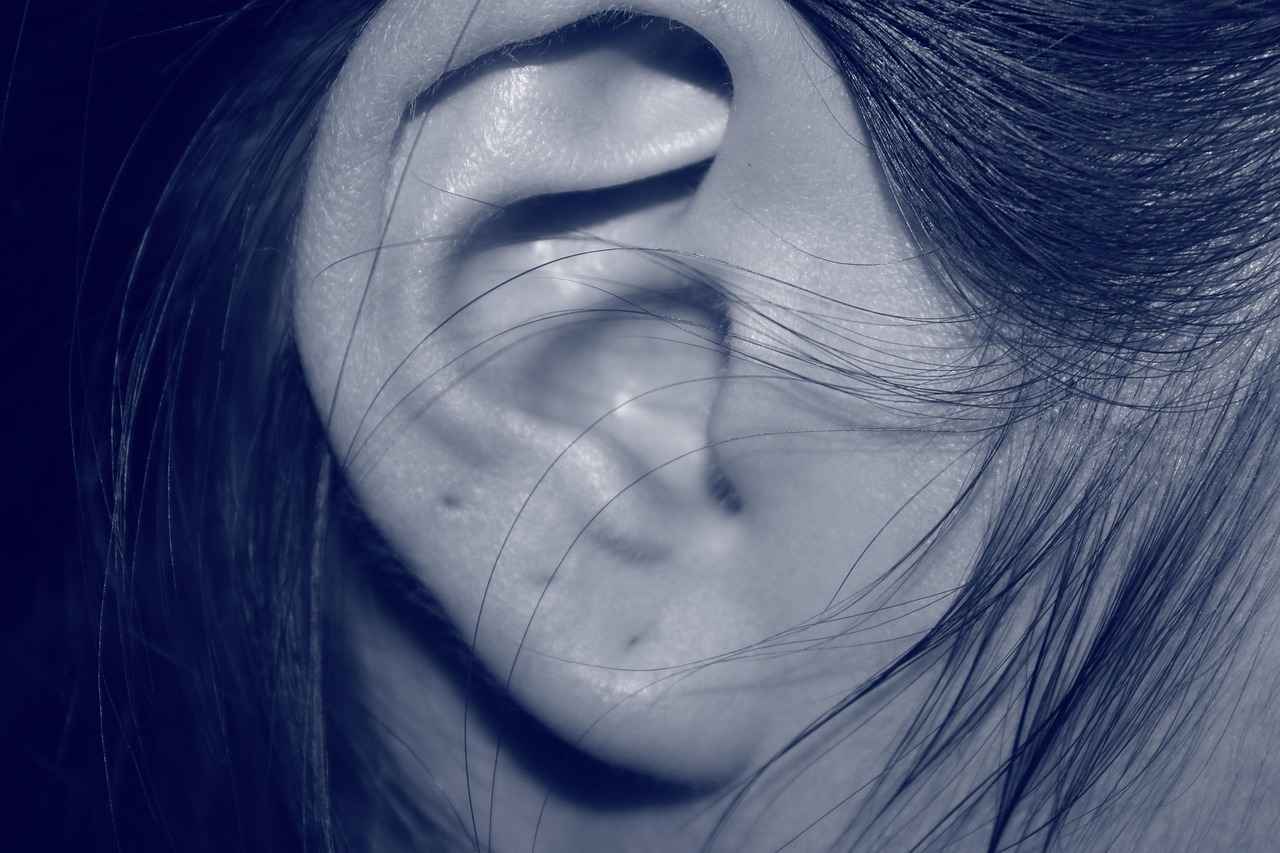
Common Symptoms of Water in the Ear
Water trapped in the ear can be a common yet uncomfortable experience. Recognizing the symptoms associated with this condition is crucial for timely intervention. Understanding these symptoms can help you determine when to take action for relief and prevent further complications.
One of the most noticeable signs of water in the ear is muffled hearing. When water accumulates in the ear canal, it can obstruct sound waves, leading to a sensation that sounds are muted or distant. This can be particularly frustrating, especially in social settings where clear hearing is essential.
Another common symptom is the feeling of fullness or pressure in the ear. Many individuals describe this sensation as if their ear is “plugged” or “blocked.” This feeling can cause discomfort and may lead to distractions during daily activities.
- Discomfort or Pain: In some cases, trapped water can lead to discomfort or even pain, especially if the water causes inflammation or irritation in the ear canal.
- Tinnitus: Some individuals may experience ringing or buzzing sounds in the ear, known as tinnitus, which can occur when water is trapped.
- Itching: The presence of water can also lead to itching or irritation in the ear canal, prompting the urge to scratch or clean the ear.
It is important to note that while these symptoms can indicate the presence of water in the ear, they may also overlap with other ear conditions. Therefore, it is essential to monitor the symptoms closely. If the discomfort persists or if you experience any of the following, it may be time to seek medical attention:
- Severe Pain: If you experience intense pain that does not subside, it may indicate an infection or other underlying issue.
- Discharge: Any fluid discharge from the ear, particularly if it is accompanied by a foul smell, warrants a visit to a healthcare professional.
- Persistent Symptoms: If the feeling of fullness or muffled hearing lasts for more than a few days, it is advisable to consult a doctor.
Recognizing these symptoms early can help you take appropriate measures to relieve discomfort and prevent complications such as ear infections or hearing loss. If you suspect that you have water trapped in your ear, consider using safe techniques to remove it, or consult a healthcare provider for further advice.
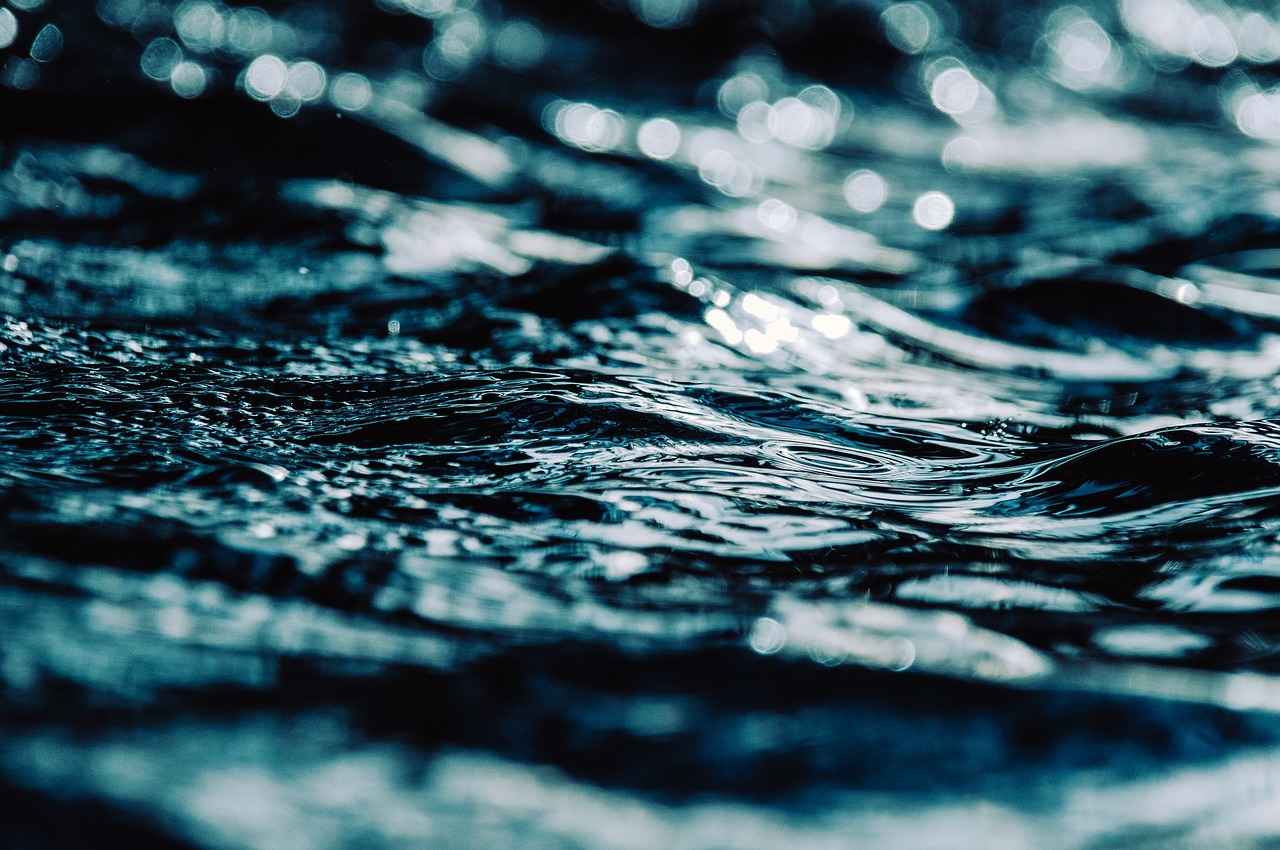
Safe Techniques to Remove Water from Your Ear
When it comes to dealing with water trapped in your ear, it’s essential to know that there are several safe and effective techniques you can use. These methods range from simple physical maneuvers to utilizing common household items, allowing you to find relief quickly. Below, we delve into some of the most effective techniques.
The gravity method is one of the simplest and most effective ways to remove water from your ear. To perform this technique, tilt your head to the side of the affected ear and gently tug on your earlobe. This position allows gravity to assist in draining the trapped water. You may also want to jump lightly on one foot while in this position to encourage the water to flow out.
Another effective technique involves jaw movements. By yawning or chewing, you can create pressure changes within the ear canal that may help dislodge the trapped water. This method can be done anywhere and is particularly useful if you’re in a situation where other methods aren’t feasible.
A hair dryer can be a handy tool for evaporating trapped water. Set the dryer on the lowest heat setting and hold it about a foot away from your ear. Move it back and forth to avoid concentrating heat in one spot, which could cause discomfort. The warm air can help to evaporate the moisture in your ear canal.
In addition to physical techniques, there are several home remedies that can effectively assist in drying out water in your ear.
A mixture of vinegar and rubbing alcohol can be beneficial. The vinegar helps to prevent infections, while the alcohol aids in evaporating the water. Mix equal parts of both liquids and use a dropper to place a few drops in the affected ear. Allow it to sit for a few minutes before tilting your head to let it drain out.
Create a salt water solution by dissolving a teaspoon of salt in a cup of warm water. Using a dropper, place a few drops in your ear. The salt can help draw out moisture and provide relief.
While most cases of water in the ear can be treated at home, there are specific situations where it is crucial to seek medical attention.
If you experience symptoms such as pain, swelling, or discharge from the ear, these may indicate an ear infection. It’s essential to consult a healthcare professional for appropriate treatment.
Should water remain trapped for an extended period or if discomfort continues, it’s vital to consult a doctor. Prolonged exposure to moisture can lead to complications, including hearing loss.
Taking preventive measures can significantly reduce the chances of water getting trapped in your ears during activities like swimming or bathing.
Wearing earplugs while swimming or showering can create a barrier, preventing water from entering the ear canal. This simple step can help keep your ears dry and healthy.
After swimming, use a towel or a gentle drying method to remove excess water from your ears. This practice can help prevent moisture accumulation and reduce the risk of infections.
By employing these techniques and remedies, you can effectively manage water trapped in your ear and maintain your ear health.
Gravity Method
The is a widely recognized technique for alleviating the discomfort caused by water trapped in the ear. This simple yet effective method utilizes the natural force of gravity to assist in draining the trapped liquid, making it a go-to solution for many individuals.
To perform the gravity method, start by tilting your head to the side where the water is trapped. This position allows gravity to work in your favor, encouraging the water to flow out of the ear canal. It is often beneficial to gently pull on the earlobe while tilting your head, as this can help straighten the ear canal and create a clear pathway for the water to escape.
In addition to the head tilt, jumping gently while in this position can further enhance the effectiveness of the gravity method. As you jump, the movement can create vibrations that may help dislodge the water, allowing it to exit more easily. It is important to perform this maneuver in a safe environment to prevent any accidental falls or injuries.
For those who may feel uncomfortable or self-conscious about performing this method in public, it can easily be done in the privacy of your home or bathroom. The simplicity of the gravity method makes it accessible to anyone, regardless of age or physical ability.
While the gravity method is generally safe and effective, it is essential to be mindful of any underlying conditions that may affect your ears. If you have a history of ear infections or other ear-related issues, it is advisable to consult a healthcare professional before attempting this method.
In some cases, the gravity method may not completely resolve the issue, especially if the water remains trapped after multiple attempts. If this occurs, consider combining this technique with other methods, such as jaw movements or the use of a hair dryer on a low setting, to enhance your chances of success.
Overall, the gravity method is a straightforward and non-invasive approach to dealing with trapped water in the ear. By understanding and applying this technique effectively, you can find relief from discomfort and prevent potential complications associated with water retention in the ear.
Remember, if you experience persistent discomfort, pain, or any signs of infection, it is crucial to seek professional medical advice to ensure your ear health is properly addressed.
Jaw Movements
When you find yourself with water trapped in your ear, it can be both uncomfortable and irritating. One of the simplest yet effective methods to alleviate this issue is through . This technique utilizes the natural mechanics of your jaw to create pressure changes that may help dislodge the water. Here’s how it works and why it’s beneficial.
Yawning or chewing can create a vacuum effect in your ear canal, which can assist in drawing out any trapped water. The act of yawning opens the Eustachian tubes, which connect the middle ear to the back of the throat. This connection allows for equalization of pressure and can facilitate the movement of water out of the ear. Chewing, on the other hand, stimulates the muscles around the jaw and can similarly encourage the water to escape.
Here are some practical steps to effectively use jaw movements for water removal:
- Yawning: Try to yawn multiple times. If you’re having trouble, think about something that makes you want to yawn, or simply open your mouth wide and inhale deeply.
- Chewing Gum: Chewing gum can be an effective way to encourage jaw movement. As you chew, the repetitive motion helps create pressure changes that can dislodge water.
- Jaw Wiggling: Move your jaw side to side and up and down to create movement. This can help in loosening any trapped water.
This method is particularly advantageous because it can be performed anywhere, whether you’re at home, at work, or even on the go. It requires no special tools or materials, making it a convenient option for many.
However, while jaw movements can be effective, they are not the only solution. If you find that water remains trapped after trying these techniques, you may want to consider other methods, such as the gravity technique or using a hairdryer on a low setting to evaporate the moisture.
Additionally, it’s important to recognize when to seek medical attention. If you experience persistent discomfort, pain, or signs of infection such as discharge from the ear, consulting a healthcare professional is crucial. They can provide appropriate treatment and prevent further complications.
In summary, using jaw movements like yawning and chewing can be a simple yet effective way to help remove water from your ear. This method not only promotes comfort but also prevents potential complications associated with trapped water. Remember to complement this technique with other methods if necessary, and always be mindful of your ear health.
Using a Hair Dryer
Using a hair dryer is a practical method for removing trapped water from your ear. This technique is particularly useful when traditional methods fail to provide relief. However, it is essential to approach this method with caution to avoid any potential harm to your ear.
When using a hair dryer, maintain a safe distance from your ear—ideally around 12 inches. This distance helps prevent any risk of burns or discomfort. Start by setting the hair dryer to a low heat setting. Using high heat can be dangerous and may cause damage to the sensitive skin inside your ear canal.
To effectively dry out the ear, tilt your head to the side with the affected ear facing down. This position allows gravity to assist in the drainage process while the warm air from the hair dryer gently evaporates the trapped water. As you do this, move the hair dryer back and forth to distribute the heat evenly and avoid concentrating it in one area.
It’s also beneficial to create a vacuum effect while using the hair dryer. You can do this by gently pulling on your earlobe or the outer ear while the warm air is directed into the ear canal. This technique can help to dislodge any water that may be trapped deeper inside.
Many people find that combining this method with other techniques enhances its effectiveness. For instance, you might first try the gravity method or jaw movements to loosen the water before using the hair dryer. This multi-faceted approach can significantly increase your chances of success.
While using a hair dryer is generally safe, it’s crucial to monitor how your ear feels during the process. If you experience any pain or discomfort, stop immediately and consult a healthcare professional. Additionally, if you notice any signs of infection, such as redness, swelling, or discharge, seek medical advice without delay.
In conclusion, using a hair dryer is a convenient and effective method for removing water from your ear when done correctly. By following safety precautions and combining techniques, you can alleviate discomfort and promote ear health.

Home Remedies for Ear Water Removal
When dealing with the discomfort of water trapped in your ear, many people seek home remedies as a safe and effective solution. These remedies can provide quick relief and help prevent potential complications. Below are several popular methods that can assist in drying out water from your ear effectively.
A mixture of white vinegar and rubbing alcohol is a well-known remedy for water removal. The acidic nature of vinegar helps to create an environment that is hostile to bacteria, while alcohol aids in evaporation. To use this method:
- Mix equal parts of vinegar and alcohol.
- Using a dropper, place a few drops into the affected ear.
- Let it sit for about 30 seconds before tilting your head to let it drain out.
This remedy not only helps in drying the ear but also reduces the risk of infections.
Another effective home remedy is a salt water solution. Salt can help draw moisture out of the ear canal. To prepare this solution:
- Dissolve a teaspoon of salt in a cup of warm water.
- Soak a cotton ball in the solution and gently squeeze a few drops into your ear.
- Allow it to sit for a few moments and then tilt your head to drain.
This method can be particularly helpful if you are experiencing a feeling of fullness in your ear.
Applying a warm compress can also facilitate the drainage of trapped water. The warmth helps to open up the ear canal and encourages fluid movement. Here’s how to do it:
- Soak a clean cloth in warm water and wring it out.
- Hold the warm cloth against your ear for about 5-10 minutes.
- This can help loosen any trapped water and provide soothing relief.
Using olive oil is a gentle and natural method to help remove water from your ear. It can also provide a protective coating to the ear canal. To use olive oil:
- Warm a small amount of olive oil (make sure it’s not too hot).
- Using a dropper, place a few drops into the affected ear.
- Allow it to sit for a few minutes before tilting your head to let it drain out.
This method can be particularly soothing for individuals with sensitive ears.
Hydrogen peroxide can also be an effective remedy for drying out water in the ear. It helps to break down earwax and can assist in clearing out trapped moisture. Here’s how to use it:
- Mix equal parts of hydrogen peroxide and water.
- Using a dropper, place a few drops into your ear.
- Let it bubble for a few moments, then tilt your head to drain.
Be cautious with this method, especially if you have sensitive skin or any existing ear conditions.
Incorporating these home remedies can provide relief from water trapped in the ear. However, if symptoms persist or worsen, it is advisable to seek medical attention to prevent complications. Always remember to exercise caution when trying new remedies and consult a healthcare professional if in doubt.
Vinegar and Alcohol Solution
When dealing with water trapped in the ear, many people seek quick and effective solutions to alleviate discomfort. One such remedy is the , a mixture that can help not only in evaporating excess moisture but also in preventing potential infections.
The primary components of this solution—vinegar and rubbing alcohol—each play a crucial role. Vinegar, known for its antimicrobial properties, helps to create an environment in which bacteria and fungi struggle to thrive. This is particularly important because trapped water can lead to infections, especially if the ear is already compromised. Rubbing alcohol, on the other hand, is an effective drying agent. When combined, these ingredients work synergistically to facilitate the evaporation of water from the ear canal.
To create this solution, mix equal parts of vinegar and rubbing alcohol in a clean container. It’s essential to use white vinegar or apple cider vinegar for the best results. Once prepared, follow these steps:
- Using a dropper, place 2-3 drops of the solution into the affected ear.
- Allow the mixture to sit for about 30 seconds. During this time, you may feel a slight warming sensation as the alcohol begins to evaporate the trapped water.
- Tip your head to the side to let the solution and any excess water drain out.
- Wipe away any residue with a clean towel.
However, it’s crucial to use this solution in moderation. Overuse can lead to irritation of the ear canal, which may exacerbate the problem rather than solve it. It’s recommended to limit the use of this remedy to no more than twice a week.
Furthermore, this solution is not suitable for everyone. Individuals with a history of ear infections, a perforated eardrum, or any other ear-related issues should consult a healthcare professional before trying this method. Always listen to your body; if you experience pain or discomfort after using the solution, discontinue use immediately and seek medical advice.
In addition to using the vinegar and alcohol solution, it’s beneficial to adopt some preventive measures. For instance, consider using earplugs while swimming or showering, as they can effectively block water from entering the ear canal. After swimming, gently drying your ears with a towel can also help prevent moisture buildup.
In summary, the vinegar and alcohol solution is a practical home remedy for removing water from the ear. When used correctly and in moderation, it can aid in evaporation and help prevent infections. Always prioritize your ear health and consult a professional if you have any concerns.
Salt Water Solution
When it comes to dealing with water trapped in your ear, one effective home remedy is the . This method is not only simple to prepare but also offers a natural way to help draw moisture out of the ear canal.
Why Use a Salt Water Solution? The primary reason for using a saline solution is its ability to create an osmotic effect. This means that the salt in the solution can help pull excess moisture out of the ear, making it easier for trapped water to drain away. Additionally, salt has natural antibacterial properties, which can help reduce the risk of infections that might arise from stagnant water in the ear.
How to Prepare a Salt Water Solution
- Start with 1 cup of warm water.
- Add 1 teaspoon of salt (preferably non-iodized) to the water.
- Stir the mixture until the salt is completely dissolved.
Once your saline solution is ready, you can use it effectively by following these steps:
- Using a dropper, place a few drops of the salt water solution into the affected ear.
- Allow it to sit for about 5-10 minutes to let the solution work.
- After the waiting period, tilt your head to the side to let the solution drain out, taking any excess water with it.
- Gently dry the outer part of your ear with a clean towel.
Precautions When Using Salt Water
While a salt water solution can be beneficial, it’s essential to use it carefully. Here are some precautions to consider:
- Ensure that the water is not too hot, as this can cause discomfort or burns.
- Avoid using this method if you have a known ear infection or a perforated eardrum, as it may worsen the condition.
- If you experience any pain or discomfort during or after using the solution, discontinue use and consult a healthcare professional.
Additional Benefits of Salt Water
Besides its effectiveness in drawing moisture out of the ear, a salt water solution can also help in other ways:
- Soothing Irritation: The saline solution can help soothe irritation caused by water exposure.
- Preventing Infections: By keeping the ear dry and reducing moisture, the risk of bacterial growth is minimized.
In summary, a salt water solution is a simple, effective, and natural remedy to help remove water trapped in the ear. By preparing and using it correctly, you can alleviate discomfort and promote ear health. However, always listen to your body and seek medical advice if symptoms persist or worsen.

When to Seek Medical Attention
When it comes to the issue of water trapped in the ear, most cases can be managed at home using simple techniques and remedies. However, there are specific symptoms that should not be ignored. Recognizing these signs is crucial for avoiding complications that could arise from untreated conditions.
Understanding the Importance of Medical Attention
While many instances of water in the ear can be resolved with home remedies, certain symptoms indicate a need for professional medical intervention. Ignoring these symptoms can lead to serious complications, including infections and potential hearing loss.
Signs You Should Seek Medical Help
- Persistent Pain or Discomfort: If you experience ongoing pain in your ear, this could signal an underlying infection or other serious issue. It’s essential to consult a healthcare professional if discomfort lasts more than a few days.
- Swelling or Redness: Visible swelling or redness around the ear or ear canal can be indicative of an infection. This is a clear sign that you should seek medical attention immediately.
- Discharge from the Ear: Any fluid leakage, particularly if it is pus-like or has an unpleasant odor, should prompt an immediate visit to a doctor. This can be a sign of an ear infection that requires treatment.
- Hearing Loss: If you notice a sudden or gradual decrease in your hearing ability, it may be related to fluid buildup or an infection. Consulting with a healthcare provider is critical to address this issue promptly.
- Dizziness or Balance Issues: Water in the ear can sometimes affect your balance. If you experience dizziness, it’s important to seek medical advice to rule out any serious conditions.
Why Timely Intervention is Essential
Ignoring the aforementioned symptoms can lead to more severe conditions, such as otitis media (middle ear infection) or labyrinthitis (inner ear infection). These conditions can result in lasting damage to your hearing and may require more intensive treatments, including antibiotics or surgical procedures.
Consulting a Healthcare Professional
If you find yourself experiencing any of the symptoms listed above, it is advisable to consult a healthcare professional. They can perform a thorough examination, often using an otoscope, to assess the ear canal and eardrum. Based on their findings, they may recommend appropriate treatments, which could include:
- Prescription Medications: Antibiotics may be necessary if an infection is diagnosed.
- Ear Drops: Specialized drops can help relieve symptoms and assist in drying out the ear.
- Further Testing: In some cases, additional tests may be required to determine the cause of persistent symptoms.
Preventing Future Complications
After receiving treatment, it’s essential to take preventive measures to avoid future occurrences of water trapped in the ear. Simple steps such as using earplugs while swimming, drying your ears thoroughly after bathing, and avoiding inserting objects into your ears can significantly reduce the risk of complications.
In summary, while most cases of water in the ear can be managed at home, awareness of the symptoms that require medical attention is vital. Recognizing these signs and seeking timely intervention can prevent complications and protect your hearing health.
Signs of Ear Infection
When it comes to ear health, being aware of the signs of an ear infection is crucial. Ear infections can arise from various factors, including allergies, colds, and sinus infections. Understanding the symptoms helps in seeking timely medical attention, thereby preventing further complications.
Common Symptoms of Ear Infections
- Pain and Discomfort: One of the most prevalent signs of an ear infection is a persistent pain in the ear. This discomfort can range from mild to severe and may worsen when lying down.
- Swelling: Inflammation can occur in the ear canal, leading to noticeable swelling. This swelling can cause additional pressure, resulting in increased discomfort.
- Discharge: If you notice any fluid or pus discharging from the ear, it is often a clear indicator of an infection. This discharge may be yellow or green in color and can have an unpleasant odor.
- Muffled Hearing: An ear infection can lead to a feeling of fullness in the ear, causing sounds to be muffled. This symptom can significantly affect communication and daily activities.
- Fever: In some cases, particularly in children, a low-grade fever may accompany ear infections. This is the body’s natural response to fight off infection.
- Irritability: In young children, irritability and trouble sleeping can signal an ear infection, as they may be unable to express their discomfort verbally.
Why Seek Medical Attention?
If you experience any of the above symptoms, it is essential to consult a healthcare professional. Prompt treatment can prevent the infection from worsening and reduce the risk of complications, such as hearing loss or the infection spreading to nearby structures.
Diagnosis and Treatment Options
Upon visiting a healthcare provider, they will typically conduct a physical examination, often using an otoscope to look inside the ear. Depending on the severity and type of infection, treatment may include:
- Antibiotics: For bacterial infections, antibiotics are often prescribed to eliminate the infection.
- Pain Relief: Over-the-counter pain relievers can help manage discomfort associated with ear infections.
- Warm Compress: Applying a warm compress to the affected ear can provide temporary relief from pain.
Preventive Measures
To reduce the risk of developing ear infections, consider the following preventive measures:
- Practice Good Hygiene: Regular handwashing can help prevent the spread of germs that cause respiratory infections.
- Avoid Smoking: Exposure to smoke can increase the likelihood of ear infections, especially in children.
- Stay Up-to-Date on Vaccinations: Vaccines, such as the flu vaccine and pneumococcal vaccine, can help prevent infections that may lead to ear issues.
Conclusion
Being vigilant about the signs of ear infections can lead to early detection and treatment, ensuring better health outcomes. If you notice symptoms like pain, swelling, or discharge from the ear, do not hesitate to seek medical advice. Taking preventive measures can significantly reduce the risk of future infections, keeping your ears healthy and functioning well.
Persistent Discomfort
When dealing with the discomfort of water trapped in the ear, it’s important to recognize the potential implications of persistent symptoms. If water remains trapped for an extended period, it can lead to more serious issues, including hearing loss or even ear infections. Understanding when to seek medical attention can make a significant difference in your overall ear health.
Many individuals may experience temporary discomfort after swimming or showering, but if this sensation lingers, it is crucial to take action. Signs of persistent discomfort can include:
- A feeling of fullness in the ear
- Muffled hearing
- Itching or irritation in the ear canal
- Pain that intensifies over time
Ignoring these symptoms can lead to complications. For instance, trapped water can create a breeding ground for bacteria, increasing the risk of ear infections. Symptoms of an ear infection may include:
- Severe pain in the ear
- Fluid drainage from the ear
- Fever or general malaise
If you notice any of these signs, it is essential to consult a healthcare professional. They can perform a thorough examination to determine the underlying cause of your discomfort and recommend appropriate treatment options.
In addition to infections, prolonged exposure to trapped water can lead to temporary or permanent hearing loss. This occurs when the fluid interferes with the normal function of the ear, affecting the ability to transmit sound effectively. Therefore, addressing the issue promptly is paramount.
While home remedies and safe techniques may provide relief for many people, they are not a substitute for professional medical advice. If you’ve tried various methods to remove the water, such as the gravity method or using a hair dryer, and still feel discomfort, it’s time to seek medical help.
During your visit, a doctor may recommend treatments such as:
- Prescription ear drops to combat infection
- Manual removal of fluid by a healthcare provider
- Advice on preventing future occurrences
In summary, while it is common to experience temporary discomfort from water trapped in the ear, persistent symptoms should not be overlooked. Consulting a medical professional can help prevent complications and ensure your ear health remains intact. Remember, taking early action can save you from more serious issues down the line.

Preventive Measures to Avoid Water Trapped in the Ear
Water trapped in the ear can be a common nuisance, particularly for those who enjoy swimming, bathing, or participating in water sports. Understanding how to prevent this issue is essential for maintaining ear health and avoiding discomfort. By taking proactive measures, you can significantly minimize the chances of water becoming trapped in your ears. Below are some effective preventive strategies.
One of the most effective ways to prevent water from entering your ears during swimming or bathing is to use earplugs. These small devices create a watertight seal in the ear canal, significantly reducing the likelihood of water accumulation. Choose earplugs that are specifically designed for water activities, as they offer better protection and comfort. There are various types available, including:
- Silicone Earplugs: Malleable and comfortable, these can be shaped to fit snugly in the ear.
- Custom Molded Earplugs: Made to fit the unique shape of your ear, these provide the best seal.
- Foam Earplugs: Affordable and easy to use, these can also help reduce water entry.
After swimming or bathing, it’s crucial to dry your ears thoroughly. Use a soft towel to gently wipe the outer ear and tilt your head to allow any trapped water to escape. Additionally, consider using the following methods:
- Gravity Technique: Tilt your head to the side and pull on your earlobe to help water drain out.
- Hair Dryer Method: Set your hair dryer on the lowest heat setting and hold it at least a foot away from your ear, allowing warm air to evaporate moisture.
When bathing, avoid submerging your head underwater. Instead, consider using a shower cap to keep your ears dry. If you enjoy soaking in a bath, try to keep your head above water or use ear protection. This simple adjustment can prevent water from entering your ear canal.
Maintaining overall ear health is vital in preventing water retention. Regularly clean your ears, but avoid inserting cotton swabs deep into the ear canal, as this can push wax further in and trap moisture. Instead, use a damp cloth to clean the outer ear and consult a healthcare professional for advice on ear cleaning.
Understanding how your ears work can help you take better care of them. The ear canal is designed to drain naturally; however, certain anatomical features can make some individuals more susceptible to water retention. If you frequently experience issues with water in your ears, consult an audiologist or ENT specialist for personalized advice.
For those who swim regularly, wearing a swim cap can provide an additional layer of protection against water entering the ears. Swim caps are designed to fit snugly and keep water out while allowing for comfort and mobility in the water.
If you notice persistent discomfort or symptoms such as pain or muffled hearing, it’s essential to seek medical attention. Ignoring these signs can lead to complications, including ear infections. Regular check-ups with a healthcare provider can help maintain your ear health and address any concerns early on.
By implementing these preventive measures, you can significantly reduce the risk of water becoming trapped in your ears. Taking proactive steps not only enhances your comfort during water activities but also contributes to your overall ear health.
Using Earplugs
while swimming or showering is an effective strategy to protect your ears from water exposure. Many people underestimate the importance of ear protection during these activities, but wearing earplugs can significantly reduce the risk of water entering the ear canal. This simple yet effective barrier helps prevent water accumulation, which can lead to discomfort and even infections.
When engaging in water-related activities, the ear canal is particularly vulnerable. Water can easily seep in, especially when swimming or showering, leading to a sensation of fullness and potential complications. By using earplugs, you create a seal that effectively blocks water from entering the ear canal. This barrier not only keeps the ears dry but also minimizes the chances of developing swimmer’s ear, a common condition caused by moisture trapped in the ear.
There are various types of earplugs available in the market, each designed for specific purposes. Silicone earplugs are popular among swimmers due to their flexibility and ability to conform to the shape of the ear. They provide a comfortable fit and are often reusable, making them a cost-effective option for regular swimmers. On the other hand, foam earplugs are typically used for noise reduction but can also serve to keep water out. However, they may not provide as secure a fit as silicone options, so it’s essential to choose the right type based on your needs.
For those who enjoy recreational swimming, it’s advisable to invest in a pair of earplugs specifically designed for water activities. These earplugs often come with additional features, such as waterproofing and ergonomic designs that enhance comfort and effectiveness. Many swimmers find that using earplugs allows them to focus on their performance without the distraction of water in their ears.
Moreover, using earplugs is not limited to swimming alone. They can also be beneficial during showering, especially for individuals who are prone to ear infections or have had previous issues with water retention in the ears. By incorporating earplugs into your shower routine, you can significantly reduce the risk of water-related complications.
In addition to wearing earplugs, it’s essential to practice good ear hygiene. After swimming or showering, gently drying your ears with a towel can help remove any residual moisture. If you frequently swim in public pools or open water, consider using ear drops designed to dry out the ear canal after exposure to water. These preventative measures, combined with the use of earplugs, can greatly enhance ear health.
In conclusion, wearing earplugs while swimming or showering is a simple yet effective way to protect your ears from water exposure. By creating a barrier that prevents water from entering the ear canal, earplugs reduce the chances of water accumulation and the associated risks of discomfort and infections. Whether you choose silicone or foam earplugs, investing in a quality pair can significantly benefit your ear health during water activities.
Drying Your Ears After Swimming
Swimming is a refreshing and enjoyable activity, but it can sometimes lead to water getting trapped in your ears. This can be uncomfortable and may even lead to complications if not addressed properly. is an essential step that can help maintain ear health and prevent potential issues.
When water becomes trapped in the ear canal, it creates a moist environment that can promote bacterial growth. This can lead to ear infections, discomfort, and even temporary hearing loss. Therefore, it is crucial to remove any excess water promptly after swimming.
- Using a Towel: Gently use a soft towel to dab around the outer ear. Avoid inserting the towel into the ear canal, as this can push water further in.
- Gravity Method: Tilt your head to the side, allowing gravity to help drain the water. You can also hop on one foot while tilting your head to enhance the effect.
- Jaw Movements: Chewing gum or yawning can help create pressure changes that may assist in dislodging trapped water.
- Hair Dryer: Set a hair dryer to the lowest heat setting and hold it at least a foot away from your ear. The warm air can help evaporate any remaining moisture.
In addition to the physical techniques, several home remedies can aid in drying out your ears:
- Vinegar and Alcohol Solution: A mixture of equal parts vinegar and rubbing alcohol can help evaporate water and prevent infections. Use a dropper to apply a few drops in the ear and then tilt your head to let it drain out.
- Salt Water Solution: A saline solution can help draw moisture out of the ear. Mix a teaspoon of salt in warm water and use a dropper to apply it carefully.
To avoid the discomfort of water trapped in your ears, consider the following preventive measures:
- Wear Earplugs: Using earplugs while swimming can create a barrier that prevents water from entering the ear canal.
- Shower with Caution: When showering, tilt your head to the side and keep your ears out of direct water flow.
- Dry Ears After Water Activities: Always take a moment to dry your ears after swimming or bathing, using the methods mentioned above.
If you experience persistent discomfort, pain, or discharge from your ear, it may indicate an infection. In such cases, it is essential to consult a healthcare professional for appropriate treatment. Additionally, if water remains trapped for an extended period, seeking medical attention is advisable to prevent complications.
In summary, drying your ears after swimming is a simple yet vital practice to maintain ear health. By employing effective techniques and preventive measures, you can enjoy your time in the water without the worry of discomfort or infection.
Frequently Asked Questions
- How can I tell if water is trapped in my ear?
If you experience muffled hearing, a feeling of fullness, or a popping sensation, it’s likely that water is trapped in your ear. These symptoms can help you identify the issue quickly.
- Are there any risks associated with leaving water in my ear?
Yes! Leaving water in your ear can lead to discomfort, infections, and even temporary hearing loss. It’s essential to address the issue promptly to avoid complications.
- Can I use cotton swabs to remove water from my ear?
It’s not recommended! Using cotton swabs can push the water further in and may cause injury to your ear canal. Stick to safer methods like tilting your head or using a hair dryer.
- What should I do if home remedies don’t work?
If you’ve tried home remedies and still feel discomfort or have symptoms of an infection, such as pain or discharge, it’s time to consult a healthcare professional for proper treatment.
- How can I prevent water from getting trapped in my ears?
Wearing earplugs while swimming or showering and drying your ears thoroughly afterward can significantly reduce the chances of water getting trapped in your ears.
